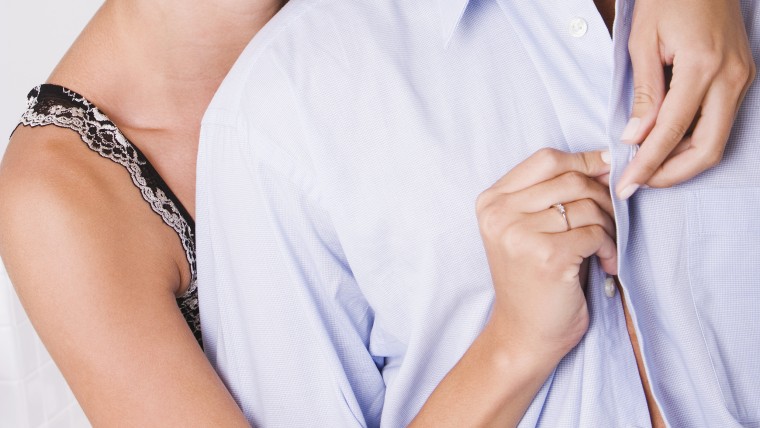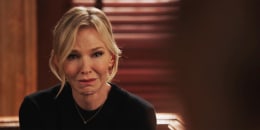If there's one article of clothing that nearly everyone owns, it's the button-up shirt. There are so many variations in all sorts of fabrics — silk, cotton, linen, rayon and more — but while the styles have evolved, one interesting tradition remains.
The next time you button your own shirt, look down and see where the buttons fall on the placket (that’s the strip of fabric that reinforces where the button meets the buttonhole). Then grab one from someone of the opposite gender. Notice anything different? Women’s buttons are on the left side, while men’s are on the right.
RELATED: What are those little studs on jeans actually for? There is a purpose!
The reason is historical, says Melanie M. Moore, founder of women’s blouse brand Elizabeth & Clarke. “When buttons were invented in the 13th century they were, like most new technology, very expensive,” she says. “Wealthy women back then did not dress themselves — their lady’s maid did. Since most people were right-handed, this made it easier for someone standing across from you to button your dress.”
Fancy! The tradition has stuck and women’s shirts today, including Moore’s, place buttons on the left side.

As for men’s shirts, there are a few competing theories as to why buttons are on the right side. “I think it’s important to question which time period we're talking about, since shirt and jacket buttons are a relatively new phenomenon,” notes Chloe Chapin, fashion historian and Harvard University Ph.D. candidate in American studies. “But as a general rule, many elements of men’s fashion can be traced back to the military."
Once again, the right-handed assumption played a role since "access to a weapon ... practically trumped everything,” she says, noting that a firearm tucked inside a shirt would be easier to reach from the dominant side.
RELATED: Why do T-shirts get those annoying little holes?
Chapin cites an additional theory as to why this antiquated tradition has stood the test of time: “In the 1880s, it was fashionable for women’s clothing to look more traditionally masculine. However, it was illegal in many places to be dressed like a man in public, so perhaps having a difference in buttoning confirmed that you were wearing a female dress.”
While the law no longer dictates what women can or cannot wear (thankfully), it’s interesting to know the origins of this seemingly random shirt detail.









